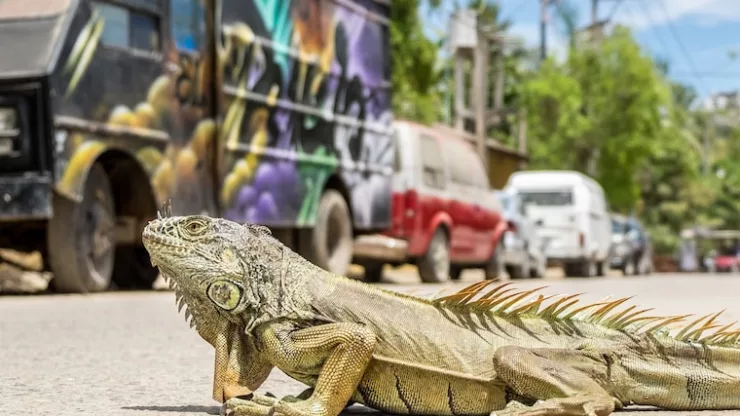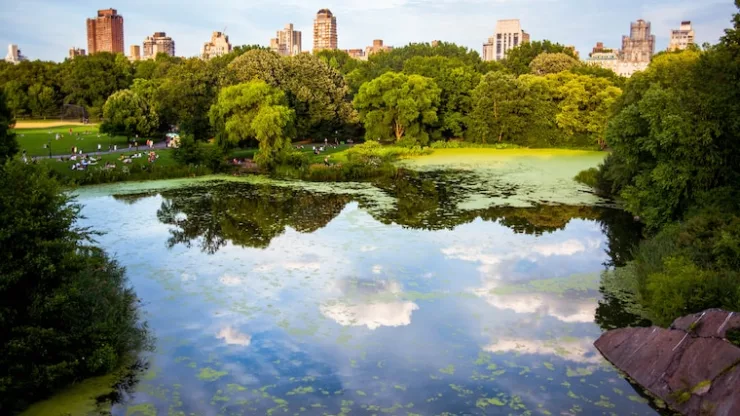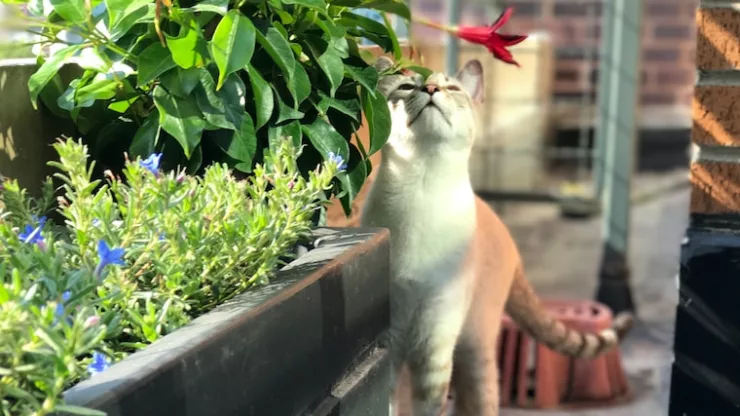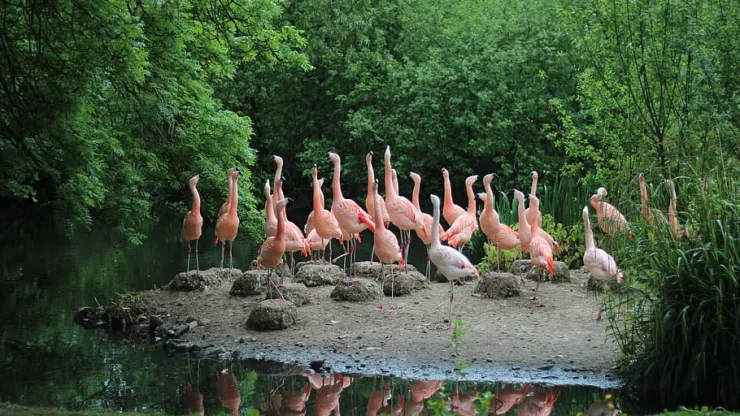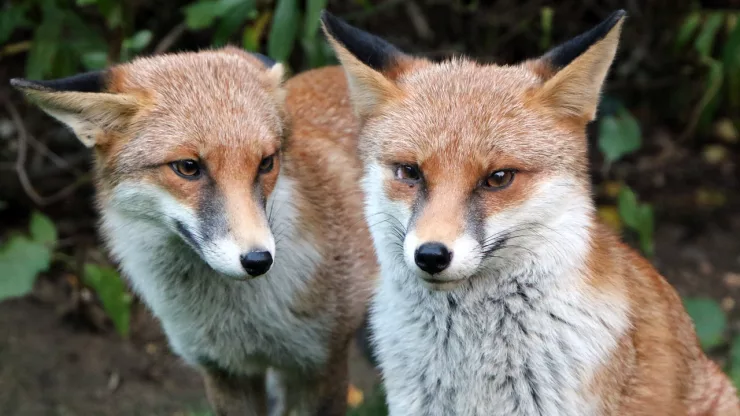Reptiles and amphibians are often thought of as creatures of the wild, living in remote and untouched areas far away from human civilization.
However, the truth is that many of these fascinating and often misunderstood creatures live right alongside us in cities and urban areas.
Jump to Section
The Urban Jungle: A Surprising Habitat for Reptiles and Amphibians
Contrary to popular belief, many reptiles and amphibians thrive in urban environments.
These creatures are highly adaptable and able to survive in a variety of habitats, including parks, gardens, and even city streets.
The Benefits of Urban Living for Reptiles and Amphibians
Urban environments can actually be beneficial for certain species of reptiles and amphibians.
The abundance of food sources, such as insects and rodents, can provide a plentiful and reliable food supply.
Additionally, the heat island effect that occurs in cities can create warm microclimates that these cold-blooded creatures rely on to regulate their body temperature.
The Challenges of Urban Living for Reptiles and Amphibians
However, living in urban areas also poses unique challenges for these animals. Urbanization can lead to habitat destruction, pollution, and increased mortality rates due to vehicle collisions and other human-related activities.
The Hidden Lives of Urban Reptiles and Amphibians
Despite the challenges, many species of reptiles and amphibians have adapted to life in urban areas, and have developed fascinating and often hidden ways of surviving and thriving in these environments.
The Secret World of Urban Snakes
Snakes are often feared and misunderstood, but they play an important role in urban ecosystems.
Many species of snakes, such as garter snakes and rat snakes, are expert climbers and can be found in trees and other structures in urban areas.
They also use storm drains and other underground tunnels as a means of navigating through the city.
The Surprising Diversity of Urban Lizards
Lizards are another group of reptiles that have adapted well to urban environments.
Many species of lizards, such as the common house gecko, thrive in urban areas and can be found in a variety of habitats, from gardens to buildings.
Some species even change their behavior in response to urbanization, with certain lizards becoming more active at night to avoid human activity.
The Incredible Abilities of Urban Frogs and Toads
Frogs and toads are often associated with wetlands and other aquatic habitats, but many species have made their homes in urban areas.
Some species, like the American toad, are able to survive in highly polluted environments, while others, like the gray tree frog, are expert climbers and can be found in trees and other structures.
The Importance of Protecting Urban Reptiles and Amphibians
Despite their adaptability, many species of reptiles and amphibians face numerous threats in urban areas.
Habitat destruction, pollution, and human-related activities all contribute to declining populations of these fascinating creatures.
What Can We Do to Help?
Fortunately, there are many ways that we can help protect urban reptiles and amphibians.
Simple actions, such as creating habitat in our gardens and reducing the use of pesticides, can make a big difference.
Additionally, supporting conservation efforts and advocating for the protection of urban wildlife can help ensure that these creatures continue to thrive in our cities.
Conclusion
Reptiles and amphibians may not be the most popular animals in urban areas, but they play an important role in our ecosystems and are fascinating creatures that are worth getting to know.
By learning more about these creatures and taking steps to protect them, we can help ensure that they continue to thrive in our cities for generations to come.
FAQs
What types of reptiles and amphibians can be found in urban areas?
Many species of snakes, lizards, frogs, and toads can be found in urban environments.
How do reptiles and amphibians adapt to urban environments?
These creatures are highly adaptable and can use a variety of habitats, food sources, and microclimates to survive in cities.
What are some of the threats facing urban reptiles and amphibians?
Habitat destruction, pollution, and human-related activities all contribute to declining populations of these creatures.
What can individuals do to help protect urban reptiles and amphibians?
Simple actions, such as creating habitat in our gardens and reducing the use of pesticides, can make a big difference.
Why is it important to protect urban reptiles and amphibians?
These creatures play important roles in our ecosystems and are fascinating creatures that are worth getting to know and protect.
I’m a nature enthusiast and creator of Metro Wilds and have spent years exploring the great outdoors.
With a passion for environmental conservation and sustainability, I have dedicated my career to writing about the beauty and wonders of nature, as well as the threats facing our planet.
Contact me at [email protected] for assistance.

